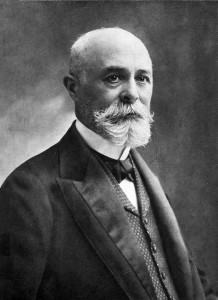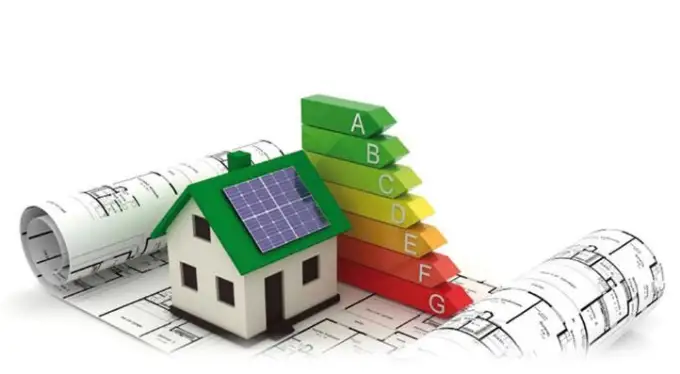How did solar energy develop in Russia?
Partly because of the arms race, historically it so happened that in the 20th century on the territory of our country the Soviet authorities actively promoted and supported the development of nuclear energy as the engine of the entire economy. But the catastrophe at the fourth reactor of the Chernobyl Nuclear Power Plant shocked the whole world, clearly demonstrating the highest danger of using controlled nuclear fusion as an energy source for the needs of the state and the population. Increasingly, the question began to sound in the world, is it possible to use other, no less effective resources, and at the same time avoid such huge risks for people’s lives?
How efficient is solar energy?

Surprisingly, it is a fact: mankind has been using renewable energy sources for centuries. For example, mills worked on the forces of water and wind and did an excellent job with their tasks! Therefore, there is nothing radically new and unexplored in this.
Can renewable energy sources be as efficient as conventional nuclear power plants? The facts are amazing.
Just think: all the needs of the current world energy can be covered if only 0.0005% of the energy of the Sun is used! At the same time, these reserves will be available for at least four billion years. And the incoming energy can be used not only for domestic and industrial, but also for strategic purposes throughout the country.
How did it all start?
The history of the development of solar energy began in the 17th century when an engine for supplying water powered by sunlight was invented in France. In 1839, Edmond Becquerel discovered the photoelectric effect, when electrons are released from the matter due to exposure to light radiation. He also found out that a number of materials in such conditions are capable of generating electric current. And in 1883, the American Charles Fritts designed the first solar cell, based on Willoughby Smith’s research on the photoconductivity of selenium. However, only by the 1950s was it possible to improve the used solar cell so that it could be widely used in streams. This was greatly facilitated by the work published in 1905 by Albert Einstein. She explained the basic principles of the external photoelectric effect (in 1921, the scientist was awarded the Nobel Prize for this research). And already in 1958, solar energy technologies were effectively used in the space industry when operating satellites.

The history of solar energy in Russia also touches upon the era of active space exploration, however, in industrial aspects, the main emphasis in our country has always been on nuclear power plants. At the same time, the modern economy actively supports the consumption of resources such as coal, oil, and gas, and this has led to the fact that less than 0.01% of heat is now produced using solar collectors in Russia. By the way, a collector is a device designed to convert solar energy into thermal energy. The appearance of such devices is well known to us from images of spacecraft: they look like large metal plates, and inside there is a coolant. Yes, this technology is most widespread in Europe and the USA, as well as in eastern countries such as Japan and China, but Russia also has something to be proud of. After all, it was a group of our scientists, led by the brilliant physicist Zhores Ivanovich Alferov, who came up with the idea of manufacturing solar cells based on semiconductor heterojunctions, which significantly increased their efficiency and became the reason for awarding the Nobel Prize to Alferov in 2000.
What is happening now in Russia with the technology of using solar energy?
As of January 1, 2017, only 0.03% of energy is produced by solar power plants in Russia. Such low rates are partly due to the crisis of the 90s, due to which scientists were forced to stop research (in the 1980s, the Soviet Union occupied one of the leading positions in the industry), and partly due to the resource orientation of the modern economy. In addition, the layman has the opinion that solar energy is appropriate only for countries with a warm climates.
But if you think about it: is it really warm in space? No. This means that it does not depend on the climate but on the actual intake of light. Indeed, the reports of scientists prove that the development of the industry will not only have an extremely favorable effect on the economic situation in Russia but in some cases is more effective than a similar experience in Europe. For example, the benefits of solar collectors in Transbaikalia are much higher than in Spain.
What are the prospects?

To date, in Russia there is an exceptionally positive trend in the development of solar energy, to prove this, it is enough to look at the list of stations being designed and under construction, now numbering 57 facilities across the country.
Also, one of the priority tasks for the development of the industry is to improve the technology in such a way as to maximize the efficiency of such power plants, increasing the efficiency of converting sunlight and reducing losses.
As you know, the introduction of advanced technologies at the macro level requires much more time than the development of their own individuals. That is, today in Russia you can find not just houses in the private sector, but entire subsidiary farms and farms that operate entirely on renewable energy sources.
This state of affairs is facilitated not only by the improvement of legislation and tax incentives but also by considerations of the economy, as well as the ever-increasing consciousness of citizens in relation to the environment and natural resources.
Consequently, solar energy, or rather, its history in our country, is just beginning. From an economic point of view, this industry is one of the most promising and attractive. And from the point of view of ecology, it is the most humane way to meet the growing needs of mankind for electricity without harming the planet Earth.






